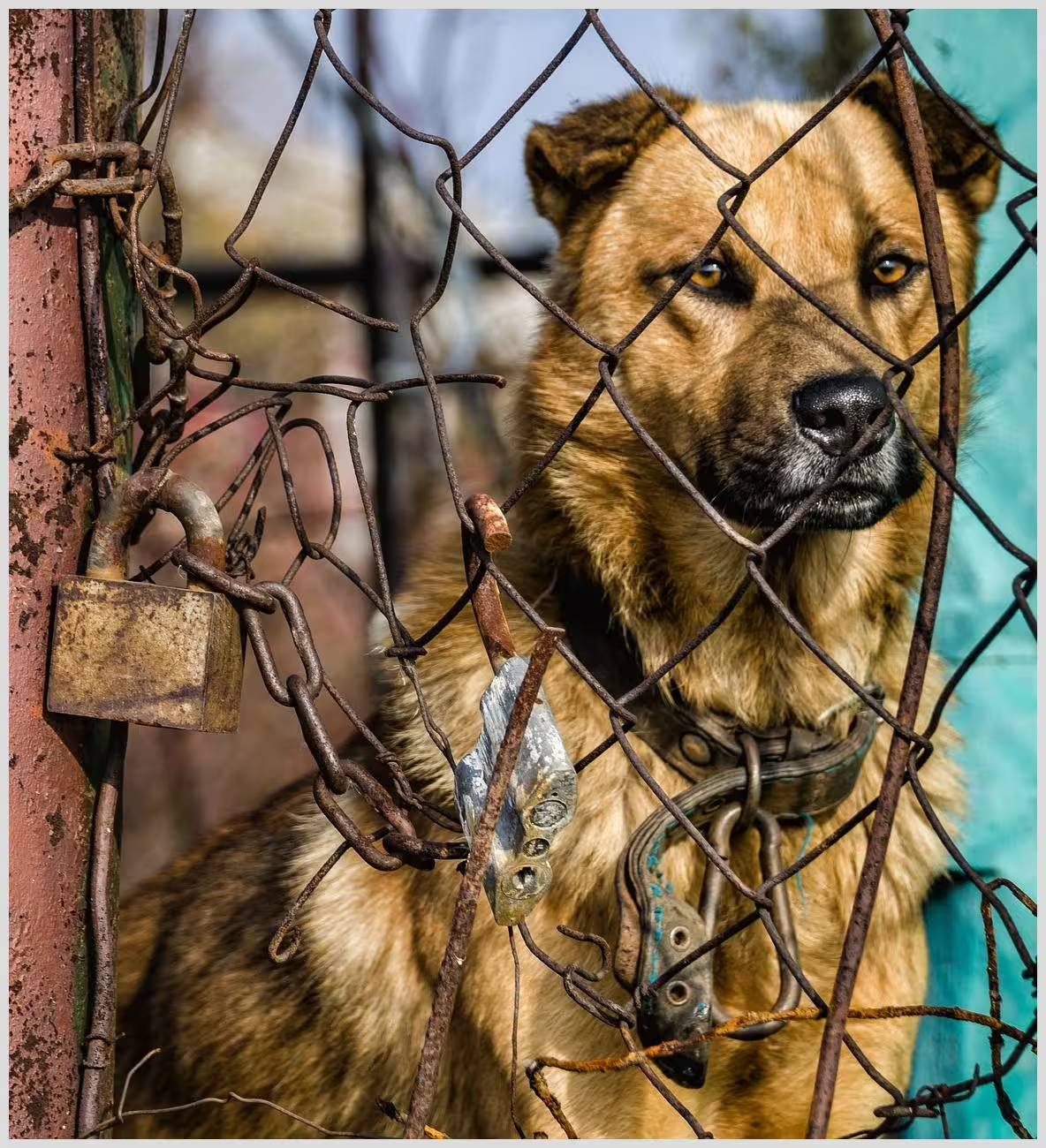In this article:
WordPress Security
Ensuring the security of your WordPress site is not just about protecting your content; it’s about safeguarding your entire online presence. A breach can lead to data loss, damage to your reputation, and financial losses. For businesses, especially small to medium-sized ones, this can be devastating. Being proactive in securing your site helps maintain customer trust and ensures compliance with data protection regulations.
Common Threats to WordPress Websites
WordPress websites face numerous threats, including malware infections, brute force attacks, and plugin vulnerabilities. These threats can compromise sensitive data and disrupt your site’s functionality. Understanding these threats is the first step in implementing effective security measures.
The Impact of Security Breaches on Businesses
A security breach can have far-reaching consequences for businesses. It can lead to loss of customer trust, legal liabilities, and financial penalties. Moreover, recovering from a breach can be costly and time-consuming. Therefore, taking actions to safeguard your WordPress site is crucial for long-term success.
Steps to Secure WordPress Websites: A Comprehensive Guide
Regularly Update WordPress Core, Themes, and Plugins
Keeping your WordPress core, themes, and plugins up to date is one of the most effective measures to protect your site. Updates often include patches for known vulnerabilities, making your site less susceptible to attacks. To perform updates effectively, regularly check for available updates and apply them promptly.
- Check for updates weekly.
- Enable automatic updates for minor releases.
- Test updates in a staging environment before applying them to your live site.
Regular updates are your first line of defense against security threats. Neglecting them can leave your site exposed to known vulnerabilities.
Use Strong Passwords and User Authentication
Creating strong passwords is a fundamental step in securing your WordPress site. Use a mix of letters, numbers, and special characters to create passwords that are difficult to guess. Implementing two-factor authentication adds an extra layer of security by requiring a second form of verification.
| Password Tips | Two-Factor Authentication |
|---|---|
| Use at least 12 characters | Enable via plugins like Google Authenticator |
| Include symbols and numbers | Require for all user roles |
Limit User Access and Permissions
Managing user roles and permissions is crucial for maintaining security. Assign roles based on necessity and limit access to sensitive areas of your site. This reduces the risk of unauthorized changes and potential security breaches.
- Review user roles regularly.
- Restrict admin access to trusted users only.
- Use plugins to manage permissions effectively.
Implementing Security Plugins for Enhanced Protection
Top Security Plugins for WordPress
Security plugins are essential tools for protecting your WordPress site. Popular options like Wordfence and Sucuri offer features such as firewall protection, malware scanning, and login attempt monitoring. When choosing a plugin, consider its features, ease of use, and support.
Security plugins provide an additional layer of protection, helping to detect and block malicious activities before they can harm your site.
Configuring Your Security Plugin
Proper configuration of your security plugin is key to maximizing its effectiveness. Follow the setup instructions provided by the plugin, and regularly monitor alerts and logs to stay informed about potential threats.
- Enable firewall protection.
- Set up regular malware scans.
- Configure alerts for suspicious activities.
Utilizing SSL Certificates and HTTPS
The Importance of SSL for WordPress Security
SSL certificates encrypt data transmitted between your site and its visitors, protecting sensitive information from interception. Installing an SSL certificate is a crucial step in securing your WordPress site and improving its SEO ranking.
Enforcing HTTPS Across Your Site
Once your SSL certificate is installed, ensure all traffic is redirected from HTTP to HTTPS. Update internal links and resources to use HTTPS, preventing mixed content warnings and ensuring a secure browsing experience for your visitors.
- Install an SSL certificate through your hosting provider.
- Use a plugin to enforce HTTPS.
- Check for mixed content issues and resolve them promptly.

Steps to secure wordpress websites
Regular Backups: Your Safety Net
Best Practices for Backing Up Your WordPress Site
Regular backups are essential for recovering your site in case of a security breach or data loss. Use reliable backup solutions that offer automated backups and store them in multiple locations for added security.
| Backup Solution | Frequency |
|---|---|
| UpdraftPlus | Daily |
| VaultPress | Real-time |
How to Restore Your Site from a Backup
Restoring your site from a backup is a straightforward process if you have a reliable backup solution in place. Follow the steps provided by your backup service to restore your site quickly and efficiently.
Testing your backups regularly ensures they are functional and can be relied upon in an emergency.
Monitoring and Scanning for Vulnerabilities
Setting Up Security Monitoring Tools
Security monitoring tools help you stay informed about potential threats and vulnerabilities. Set up real-time monitoring to receive alerts about suspicious activities and take action promptly.
- Use tools like Jetpack or Sucuri for monitoring.
- Configure alerts for login attempts and file changes.
- Review logs regularly to identify patterns.
Conducting Regular Security Scans
Regular security scans help identify vulnerabilities and weaknesses in your site. Use scanning tools to perform comprehensive checks and address any issues that arise.
- Schedule weekly security scans.
- Review scan results and take corrective actions.
- Keep a log of past scans for reference.
Advanced Security Measures for WordPress
Implementing a Web Application Firewall (WAF)
A Web Application Firewall (WAF) provides an additional layer of protection by filtering and monitoring HTTP traffic. Implementing a WAF can help block malicious traffic and protect your site from common attacks.
 Top Website Security Best Practices: Protect Your Site Now!
Top Website Security Best Practices: Protect Your Site Now!Hardening Your WordPress Configuration
Hardening your WordPress configuration involves making changes to your site’s settings to enhance security. Modify the wp-config.php file and change the default login URL to reduce the risk of unauthorized access.
Hardening your WordPress configuration is a proactive approach to security, making it more difficult for attackers to exploit vulnerabilities.
Choosing a Secure Hosting Provider
Key Features of a Secure WordPress Hosting Service
Choosing a secure hosting provider is crucial for maintaining your site’s security. Look for providers that offer server-level security, regular backups, and support for SSL certificates.
Comparing Managed WordPress Hosting Solutions
Managed WordPress hosting solutions offer additional security features and support, making them an excellent choice for businesses looking to enhance their site’s security. Compare providers based on their features, pricing, and customer support.
| Provider | Features |
|---|---|
| WP Engine | Daily backups, SSL support, 24/7 support |
| SiteGround | Free SSL, daily backups, advanced security features |

Essential steps to secure your wordpress website like a pro
Secure Your WordPress Website
Recap of Essential Security Steps
Securing your WordPress site involves a series of steps that include regular updates, strong passwords, limited user access, security plugins, SSL certificates, and regular backups. Implementing these measures will help protect your site from potential threats.
Encouragement to Implement Security Measures
Taking proactive actions to safeguard your WordPress site is essential for maintaining its integrity and protecting your business. Don’t wait for a security breach to take action—start implementing these strategies today.
Resources for Ongoing WordPress Security Education
Continuing your education on WordPress security is crucial for staying informed about the latest threats and best practices. Explore resources like the WordPress Codex, security blogs, and online courses to enhance your knowledge.
Frequently Asked Questions
What are the most common security threats to WordPress websites?
Common threats include malware infections, brute force attacks, and vulnerabilities in outdated plugins and themes.
How often should I update my WordPress site?
It is recommended to update your WordPress core, themes, and plugins as soon as updates are available, ideally at least once a month.
What is the best way to back up my WordPress site?
Using a reliable backup plugin or service that offers automated backups is the best way to ensure your site is regularly backed up.
Do I really need an SSL certificate for my WordPress site?
Yes, an SSL certificate is essential for securing data transfer and improving your site’s SEO ranking.
What should I do if my WordPress site gets hacked?
If your site is hacked, restore it from a backup, change all passwords, and conduct a thorough security scan to identify vulnerabilities.
What do you think about the steps to secure your WordPress site? Have you implemented any of these measures? Share your experiences or ask any questions you might have in the comments below. Let’s discuss how we can all enhance our WordPress security together!
 Ultimate Guide: How to Secure Your Website from Hackers Now!
Ultimate Guide: How to Secure Your Website from Hackers Now!

















